In Judaism, candles are placed on memorials as they are symbolic of the soul that has departed its loved ones. They also do this to highlight God's presence. Thus, in respect of this, I've lit some candles tonight in memory of those lost, as I write this blog post about the terrible suffering they endured.
CAUTION: If you're easily upset/distressed by images/details of suffering, I'd advise you to not read this blog post.
CAUTION: If you're easily upset/distressed by images/details of suffering, I'd advise you to not read this blog post.
'The Storyteller' Review
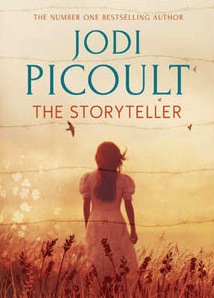
So, first I'll start with my review of Jodi Picoult's 'The Storyteller'. Surprisingly, this is the first book I've read by Jodi Picoult. I can certainly say after crying more than I ever could have imagined over such an expertly crafted story, I'll definitely be buying a shelf full of her other novels. I'm still crying over the story now! Her techniques of evocation are absolutely spectacular, making me become so attached to the characters that I couldn't simply put the book down and forget about them for one minute.
Here's the synopsis without giving too much away:
In the story are the main characters Sage Singer, Sage's grandmother Minka who is an Auschwitz survivor, Josef Weber, an ex Nazi officer under a false name, his brother, also a Nazi officer (won't say the name as it'll spoil the story) and Leo, a Department of Justice Nazi hunter. Sage, who's mother died three years ago is an insecure and lonely young baker. She's insecure due to the scar that runs down her face from a car accident, and uses this to push people away. She's so adamant to be on her own that she works night shifts in the bakery and doesn't commit to romantic relationships as she feels she's not good for anyone, instead she favours those who are not committed to her, vice versa. One day, in the bakery, she meets Josef Weber, who asks Sage to forgive him and to kill him for his sins when he was a Nazi, as he feels he deserves to die, and cannot bear the curse of guilt that has weighed down his shoulders for the past 70 years. Can she forgive someone who could have abused her grandmother and made her life hell all those years ago? Does being forgiven by one quarter-Jewish young girl count for all of those killed?
There is so much more to this story, but you'll have to read to find out. When I first read Jodi Picoult's blurb I thought, well that doesn't tell me a lot. However, now I realise why she's done that. You really have to read to see all of the twists and turns, to detail them in the blurb would kill the story. These twists and turns in the story make us repeatedly question our own judgement on morality. Another thing that the story portrays is that we're all capable of being monsters given the right circumstances, but some of us will still choose to reason with our heart over our head, making us 'less' of a monster, but does that make our other actions forgivable?
Another area Picoult explores is how the Holocaust not only affected those there at the time, but how it affects us today. In this sense, the title 'The Storyteller' really sums up what the book is all about. Not the story itself, but how it's told, and how it creates the void between our lives and the story. This is shown very well not only through the story Sage's grandmother tells of the Holocaust, but also when she shows her the scar from her radical mastectomy, as she highlights how much of her body is left rather than focusing on loss. When Sage remembers this, along with what her grandmother endured in Auschwitz, she realises that she should be confident and enjoy her freedom of identity, to not dwell on the past and to be seen as a person, rather than a number as her grandmother once was. We often take advantage of the freedom we have, as of course, it is a right. However, when you hear of stories like this you realise that in other people's eyes, even today, what you have is really a privilege that shouldn't be wasted or ignored.
Here's the synopsis without giving too much away:
In the story are the main characters Sage Singer, Sage's grandmother Minka who is an Auschwitz survivor, Josef Weber, an ex Nazi officer under a false name, his brother, also a Nazi officer (won't say the name as it'll spoil the story) and Leo, a Department of Justice Nazi hunter. Sage, who's mother died three years ago is an insecure and lonely young baker. She's insecure due to the scar that runs down her face from a car accident, and uses this to push people away. She's so adamant to be on her own that she works night shifts in the bakery and doesn't commit to romantic relationships as she feels she's not good for anyone, instead she favours those who are not committed to her, vice versa. One day, in the bakery, she meets Josef Weber, who asks Sage to forgive him and to kill him for his sins when he was a Nazi, as he feels he deserves to die, and cannot bear the curse of guilt that has weighed down his shoulders for the past 70 years. Can she forgive someone who could have abused her grandmother and made her life hell all those years ago? Does being forgiven by one quarter-Jewish young girl count for all of those killed?
There is so much more to this story, but you'll have to read to find out. When I first read Jodi Picoult's blurb I thought, well that doesn't tell me a lot. However, now I realise why she's done that. You really have to read to see all of the twists and turns, to detail them in the blurb would kill the story. These twists and turns in the story make us repeatedly question our own judgement on morality. Another thing that the story portrays is that we're all capable of being monsters given the right circumstances, but some of us will still choose to reason with our heart over our head, making us 'less' of a monster, but does that make our other actions forgivable?
Another area Picoult explores is how the Holocaust not only affected those there at the time, but how it affects us today. In this sense, the title 'The Storyteller' really sums up what the book is all about. Not the story itself, but how it's told, and how it creates the void between our lives and the story. This is shown very well not only through the story Sage's grandmother tells of the Holocaust, but also when she shows her the scar from her radical mastectomy, as she highlights how much of her body is left rather than focusing on loss. When Sage remembers this, along with what her grandmother endured in Auschwitz, she realises that she should be confident and enjoy her freedom of identity, to not dwell on the past and to be seen as a person, rather than a number as her grandmother once was. We often take advantage of the freedom we have, as of course, it is a right. However, when you hear of stories like this you realise that in other people's eyes, even today, what you have is really a privilege that shouldn't be wasted or ignored.
My Visit to Auschwitz
One thing that makes reading stories about the Holocaust (ones I've read include both The Storyteller and Schindler's List) makes your perception much more different, and somewhat personal. Even though I could never begin to understand the suffering endured by these prisoners, I've seen and touched the torture devices, the cart that took them to, effectively, their deaths. I've seen personal items such as clothing that belonged to them, stood in the gas chambers. In hindsight, it's been made so much more real to me than ever before by visiting such a horrible, momentous place. I must admit though, when you're there, it seems surreal as you can't imagine people actually being this wicked or cruel, or people getting away with this ludicrous abuse of humanity. Here are some pictures of what I saw at Auschwitz, with some commentary:
A Nazi helmet.
I thought this was rather poignant, a colourful rose in memory of those lost, in the middle of such a dismal place.
One of the freights that transported prisoners to the camp.
Candles, flowers and stones left in memory of those lost.
Documents of some of the prisoners taken to the camp.
This picture breaks my heart. I'm sure some of them have smiles on their faces, their belongings with them, a future in mind.
Gas canisters.
Where prisoners had to sleep, ridiculous amounts of them crammed into one bunk, barely able to move.
Believe it or not, the remains of the camp still there today are merely a fraction of what existed beforehand.
A Gas Chamber. We also went inside.
The 'extermination' block. It wasn't labelled at the time, this is merely for tourists.
The selection process.
'Toilets'. The best job for a prisoner here was cleaning the toilets, as Nazis would not go near them to avoid 'disease', and it meant you had both access to the toilets and warmth. Prisoners had just 15 seconds to go to the toilet, twice a day and would be punished for overrunning this time.
This is an area where people were often shot for 'crimes'. We were told the youngest was just 9 years old.
One of the two biggest gas chambers, in ruins as the Nazis tried to destroy it when the war was over to hide all evidence. Fortunately, they weren't quick enough.
One of the Nazis' blueprints for the camp. The pile on the far left (2nd room on the bottom) is a pile of bodies.
A furnace room of one of the crematoriums.
Thank you for reading this post, let us never forget but always learn from these tragedies of humanity.
Louise x
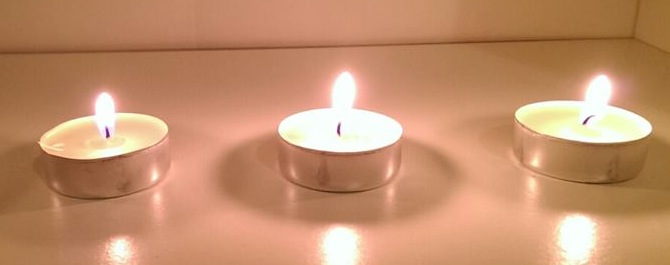
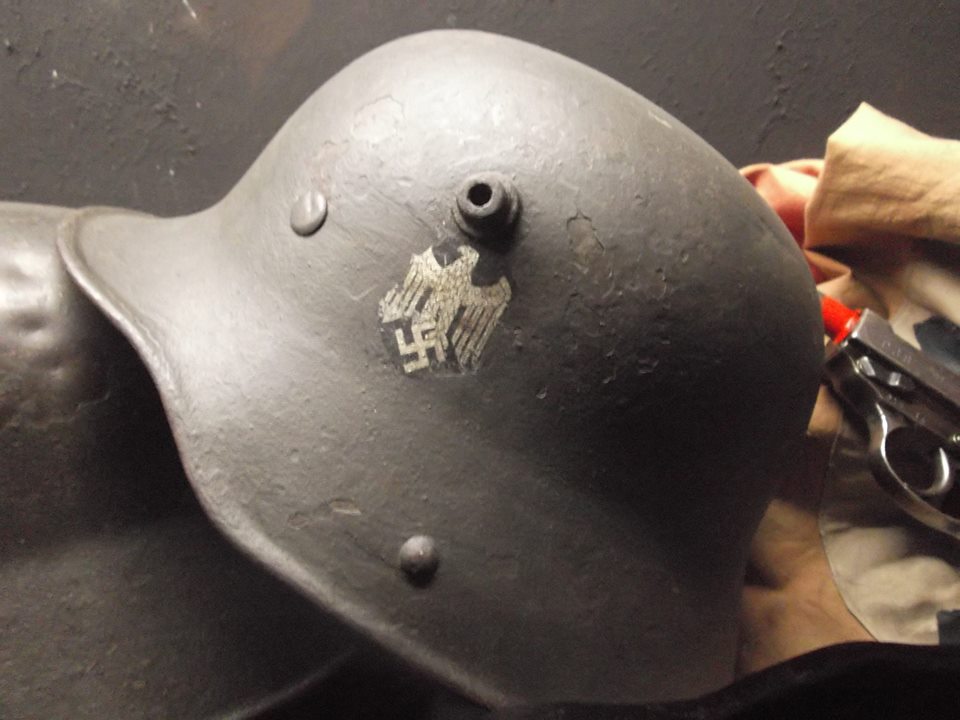
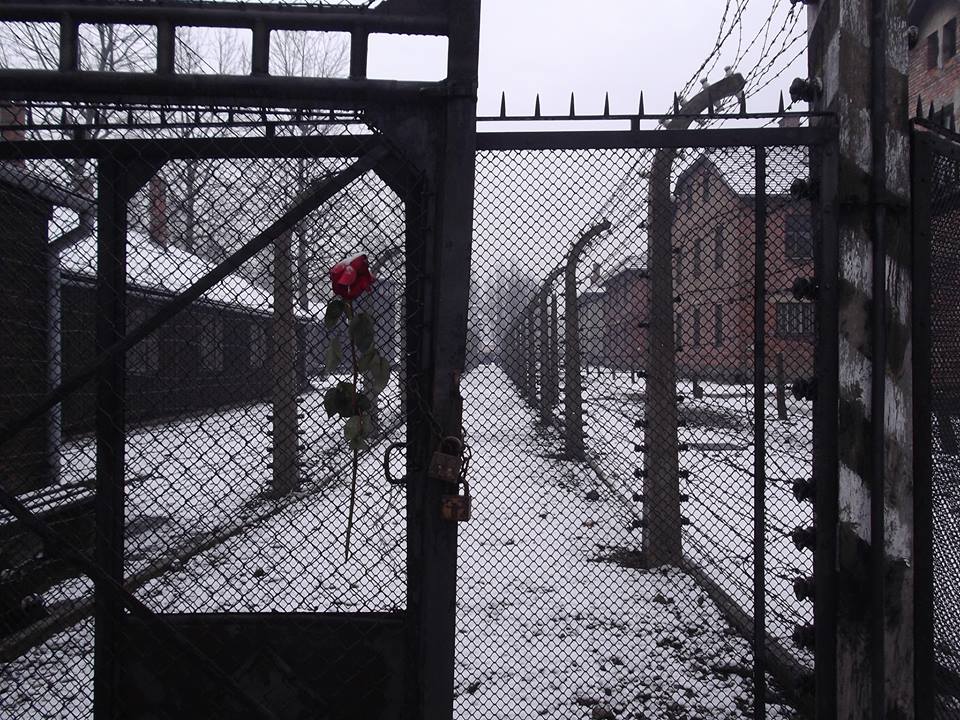
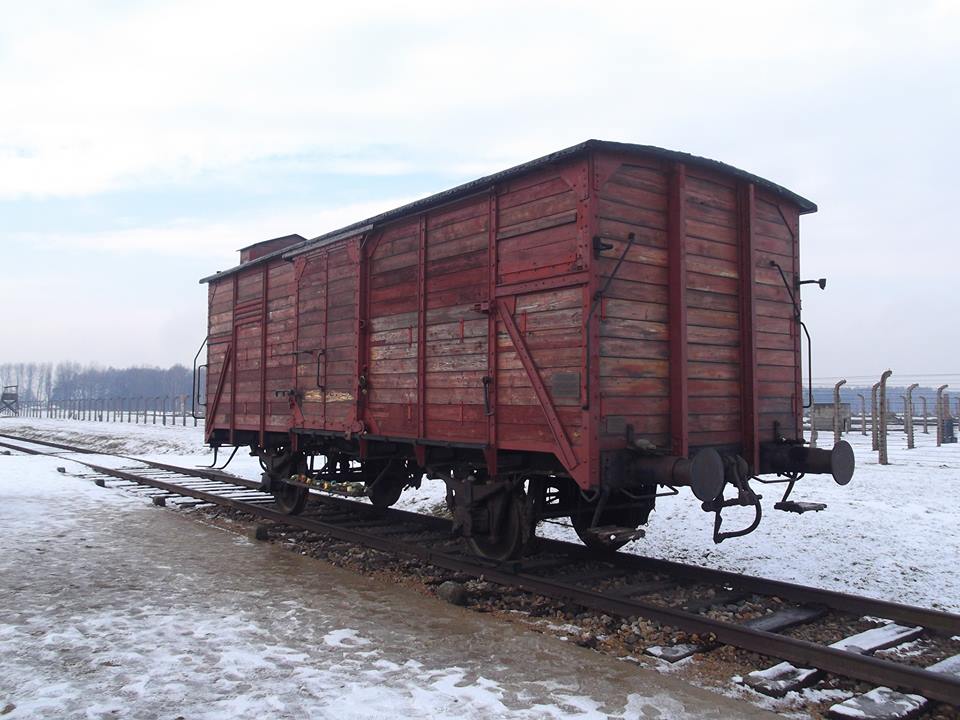
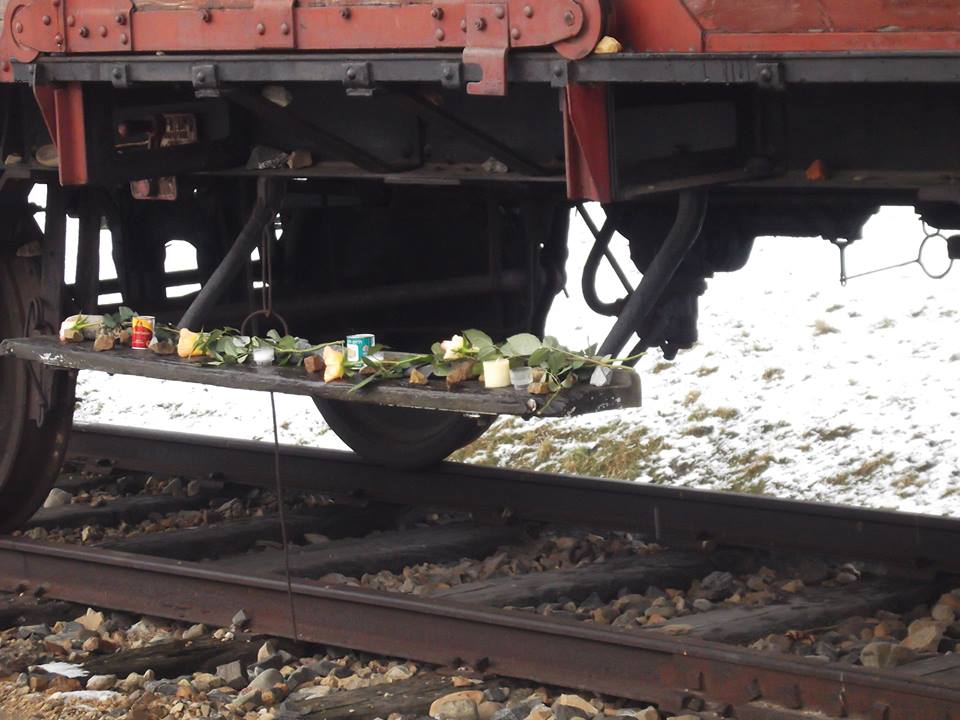
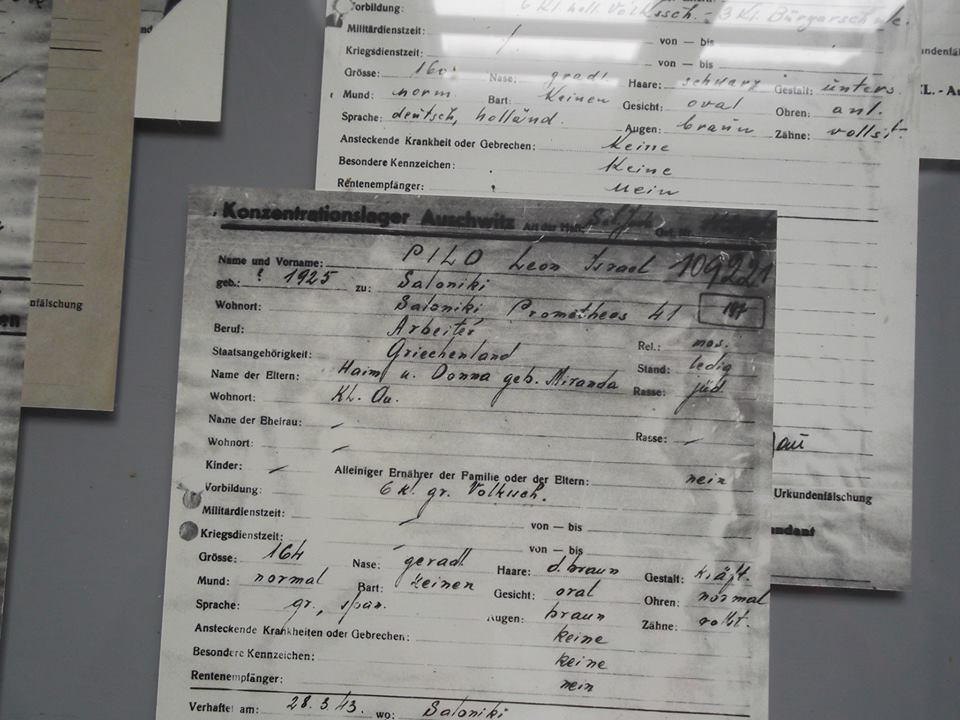
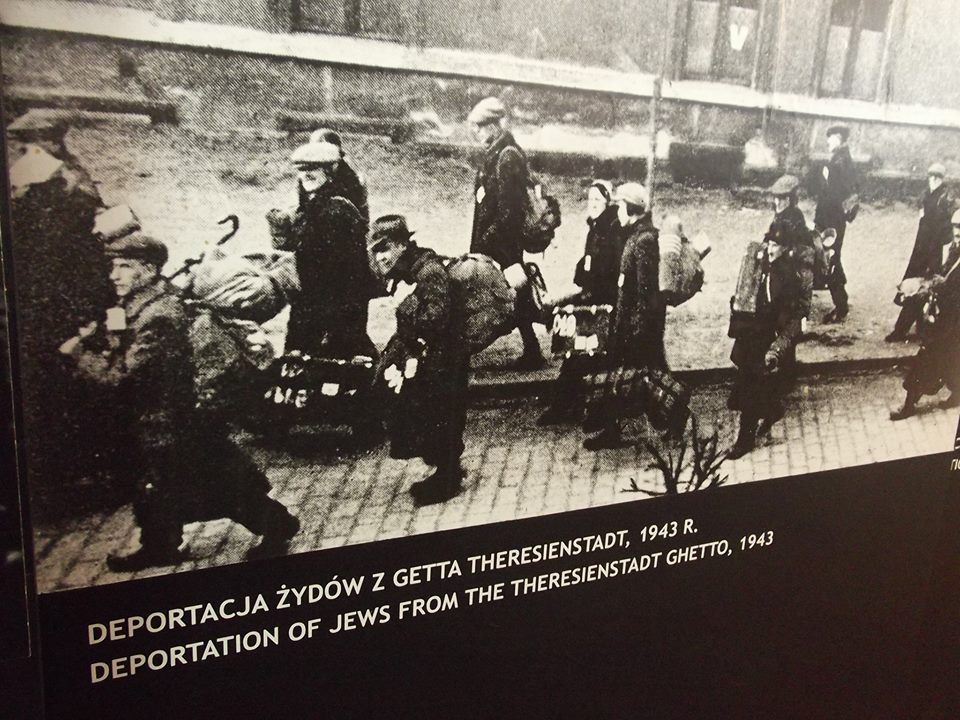
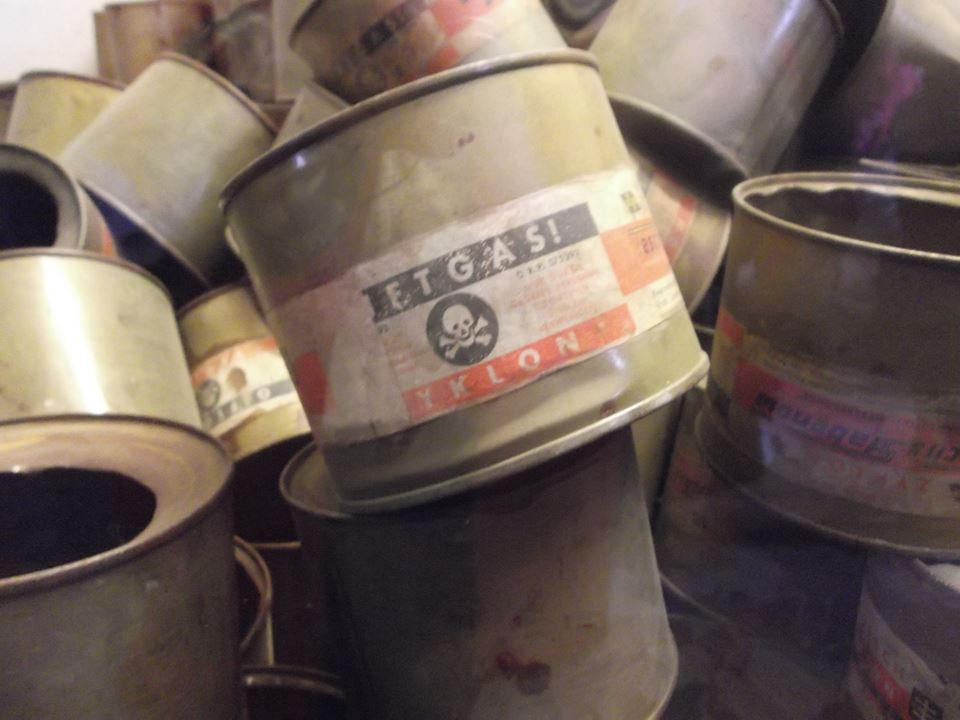
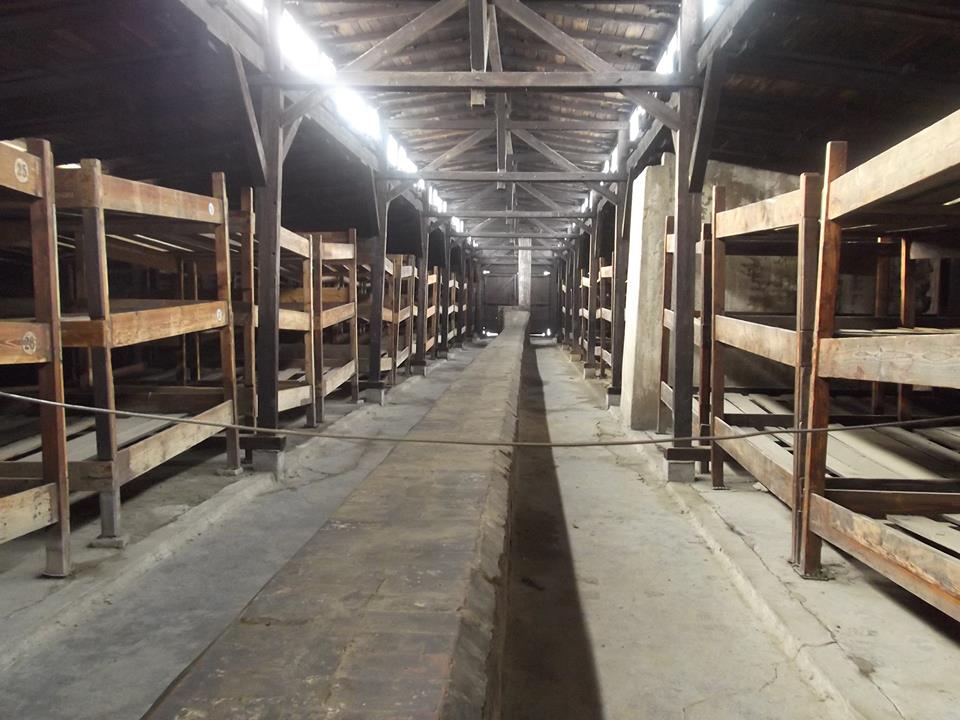
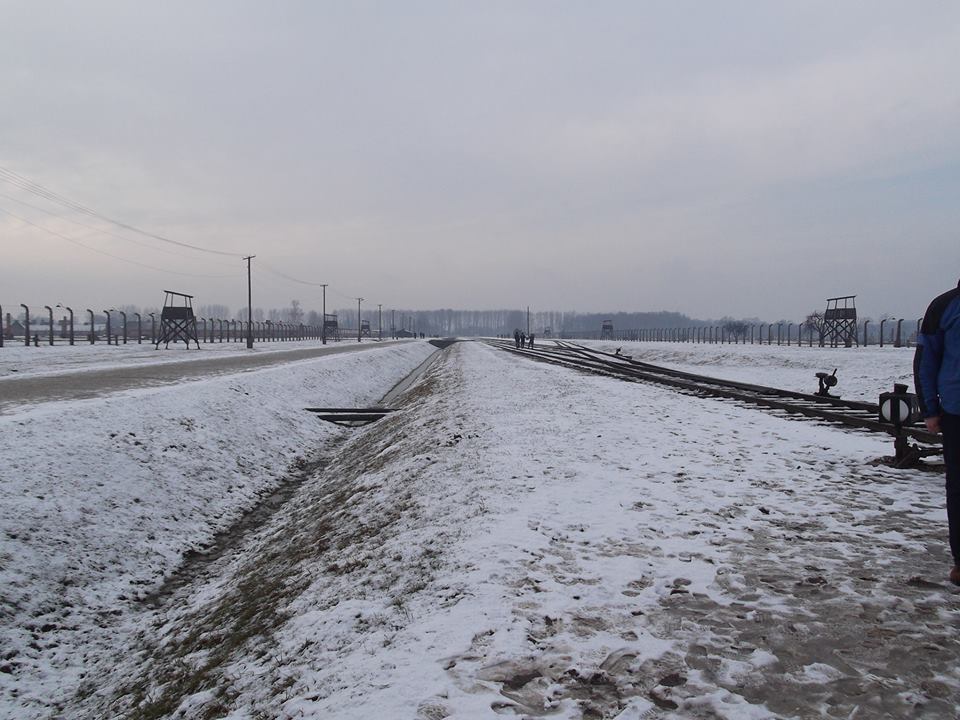
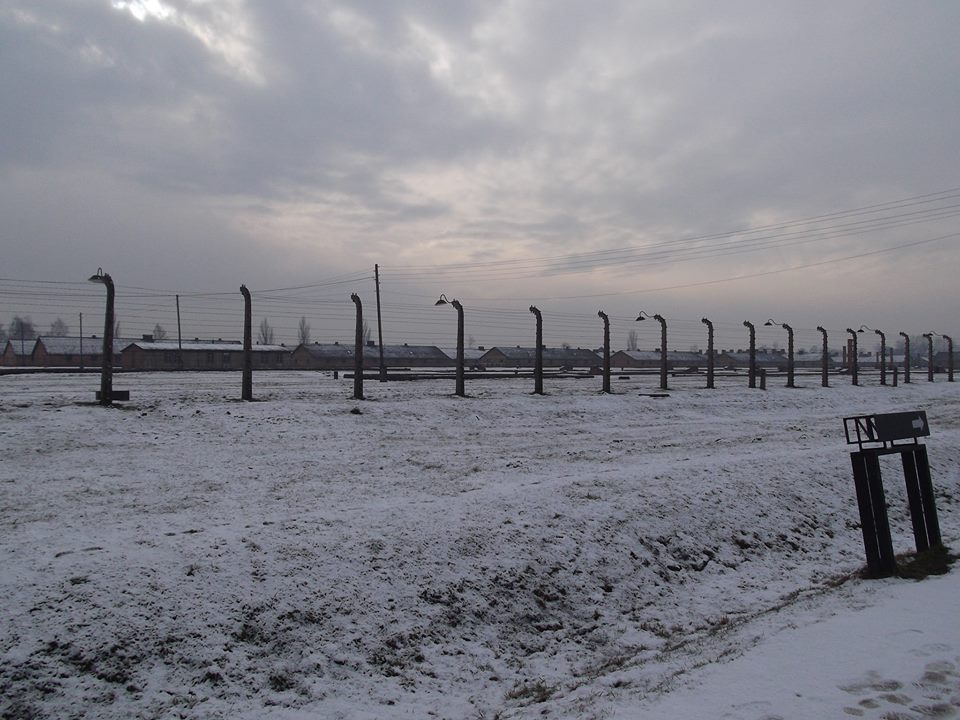
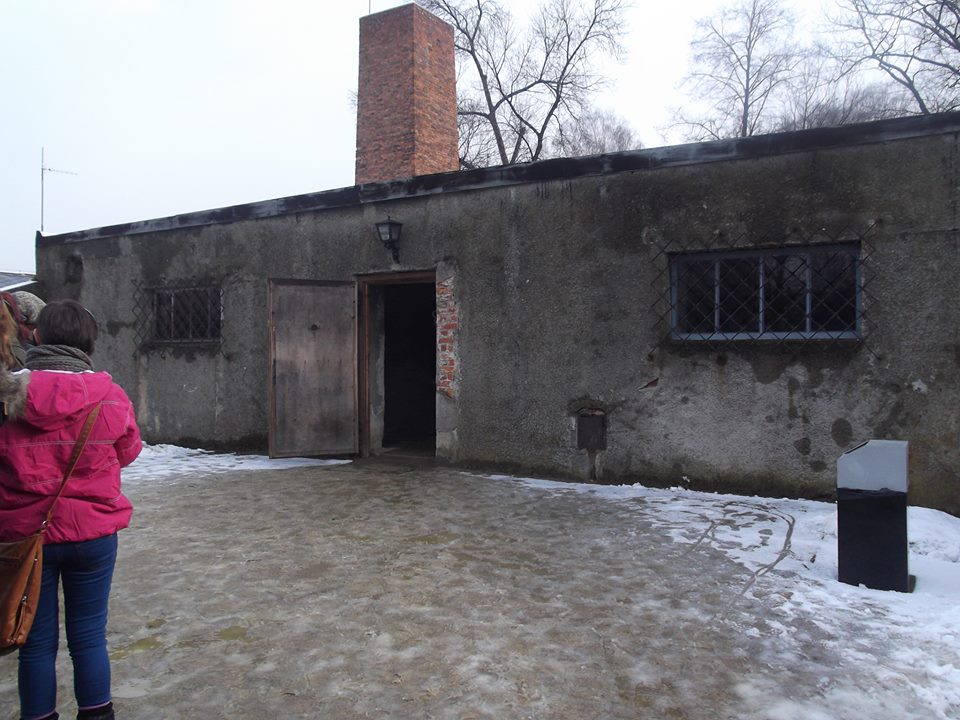
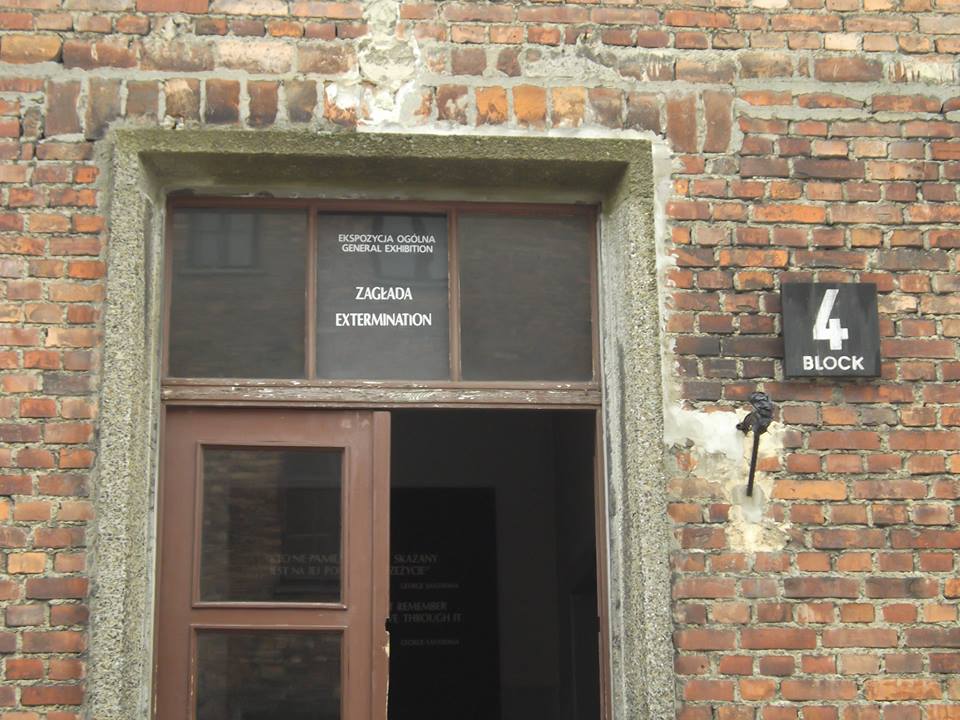
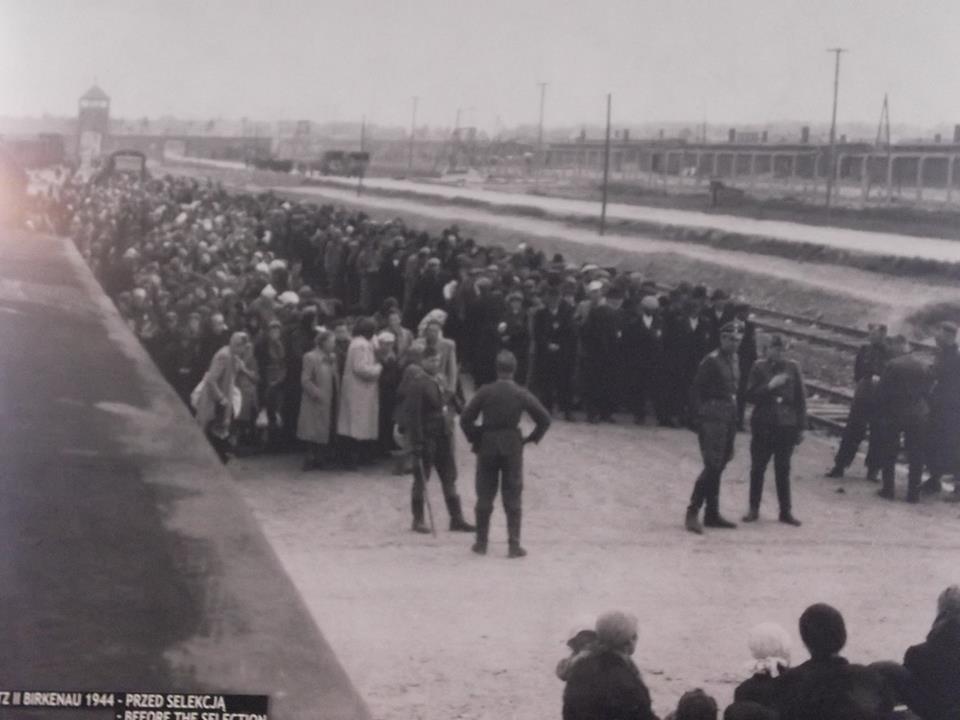
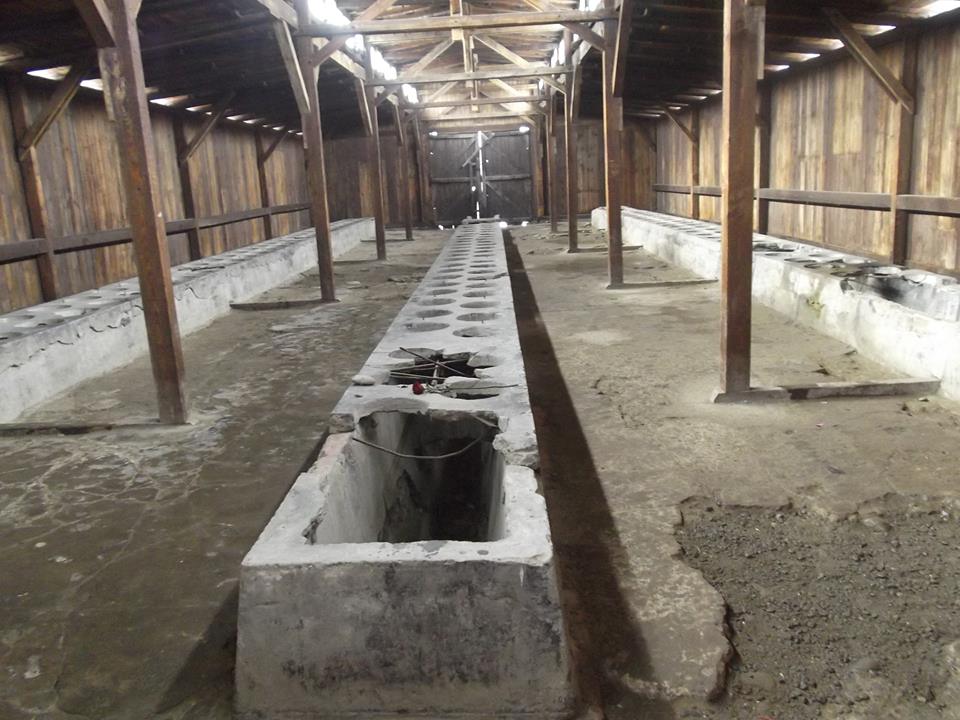
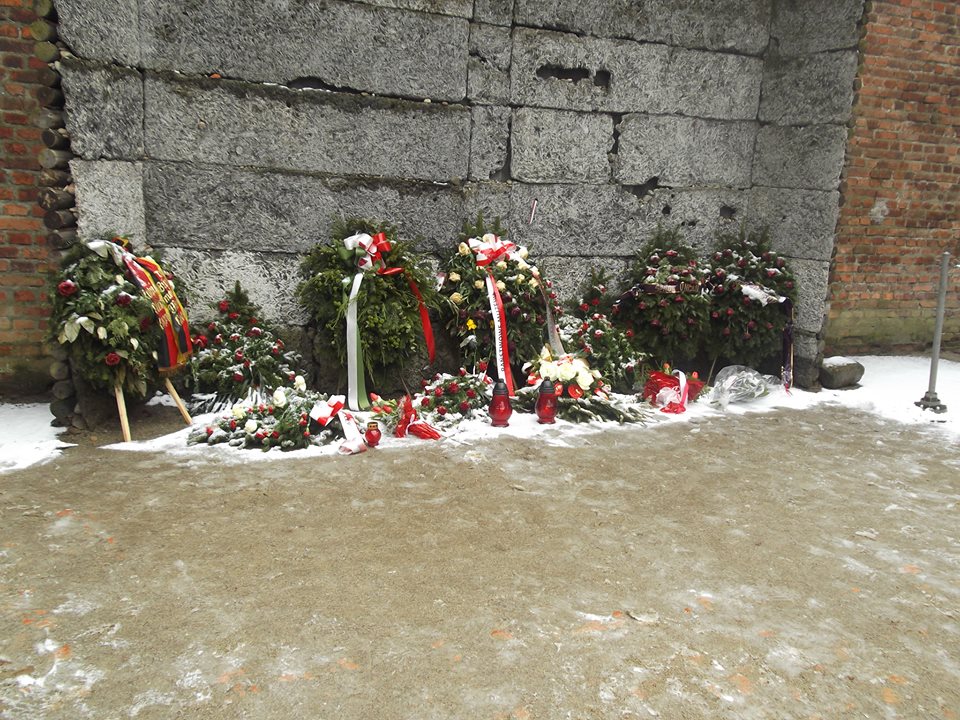
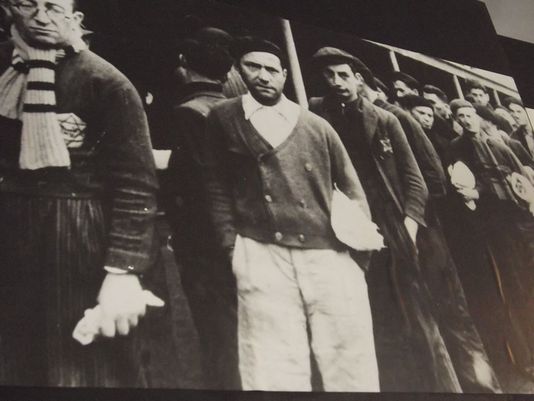
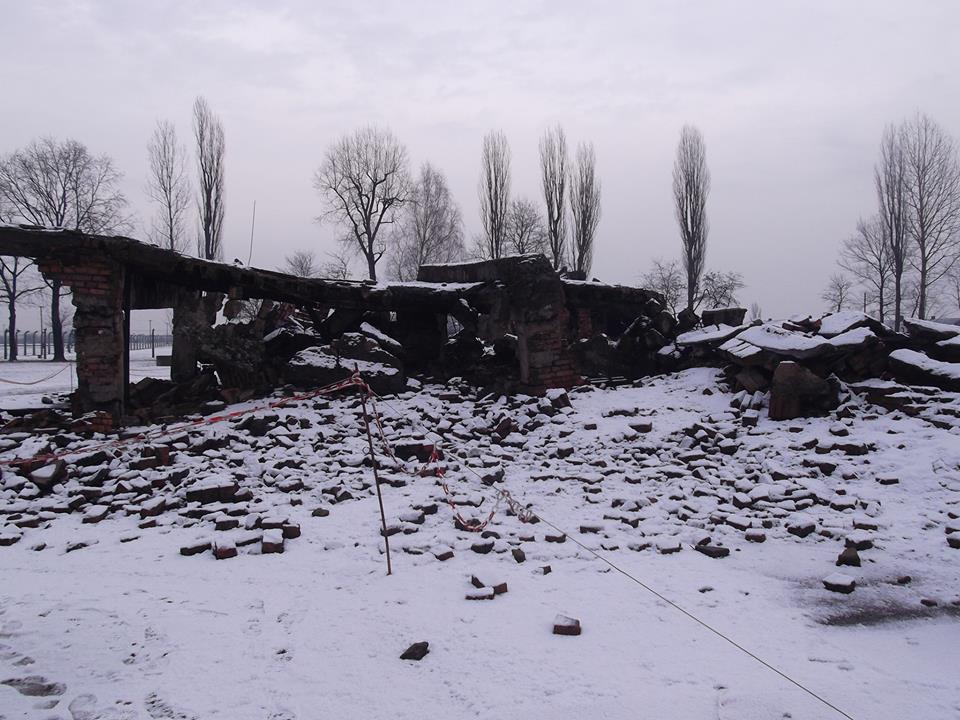
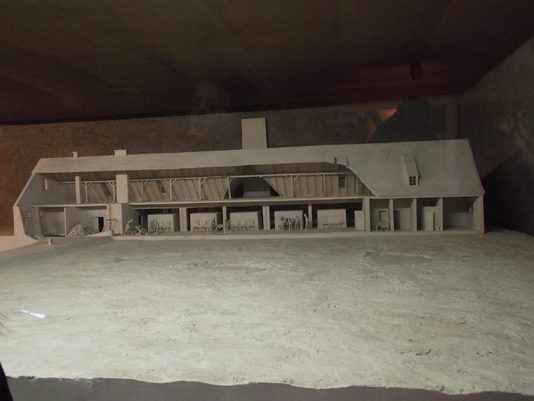
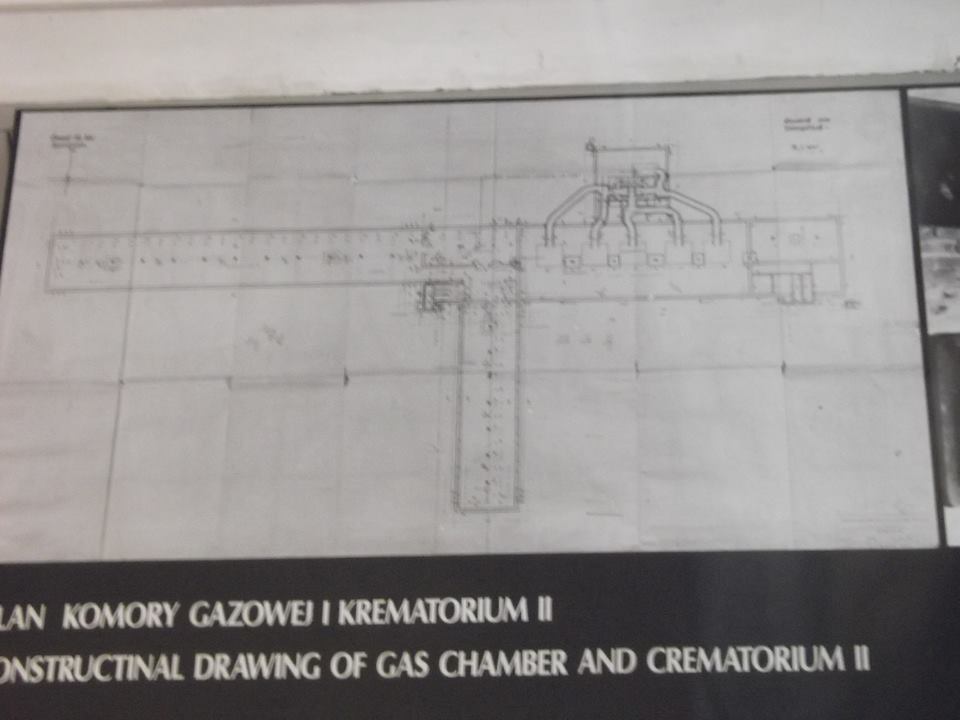
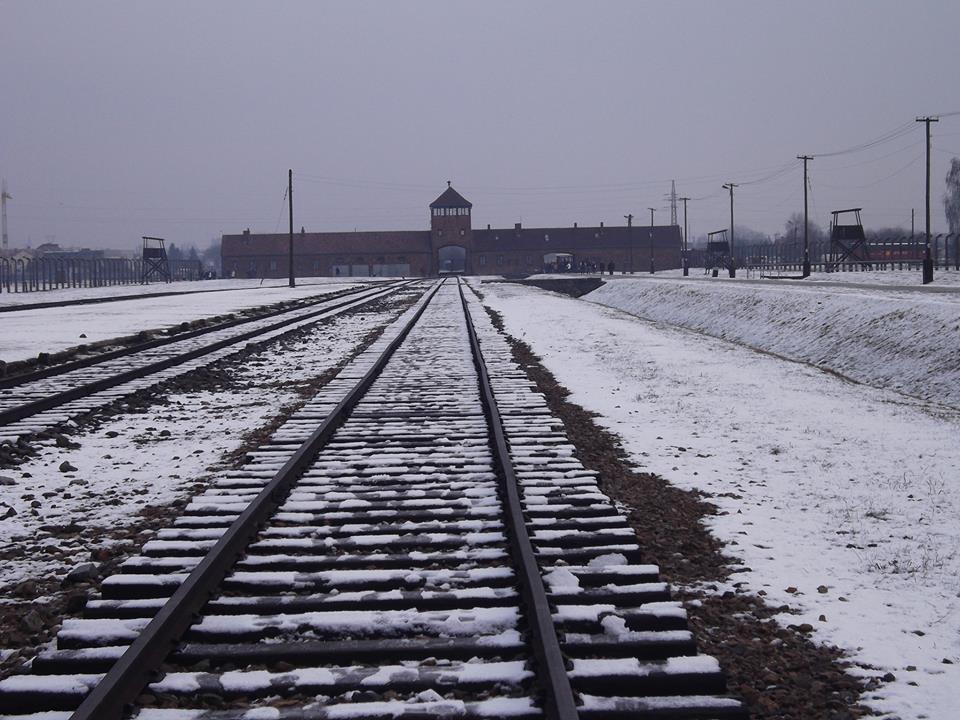
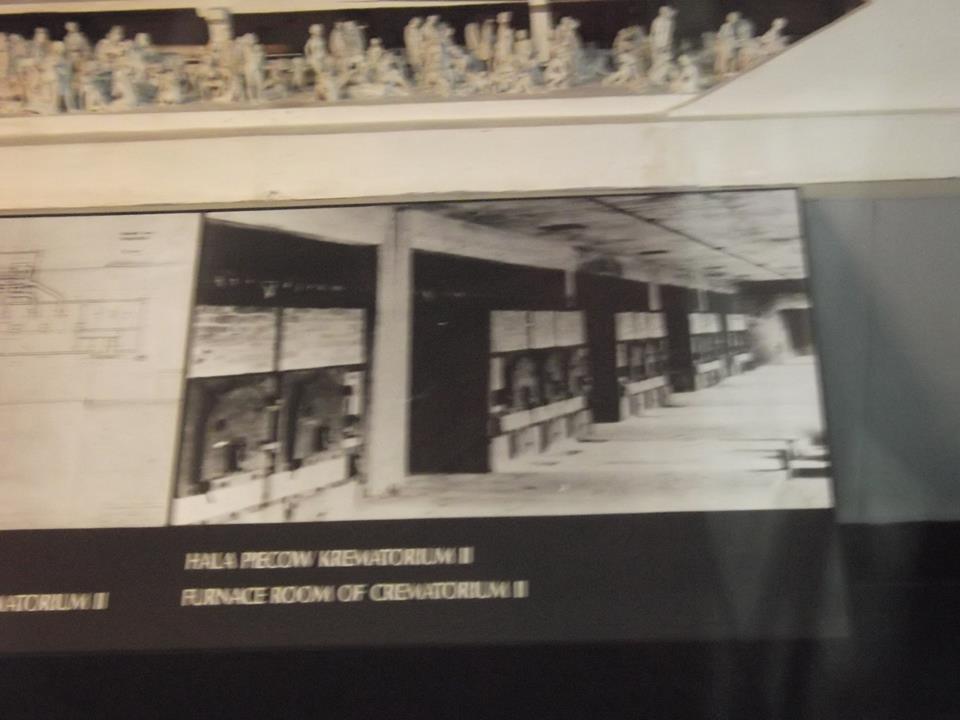
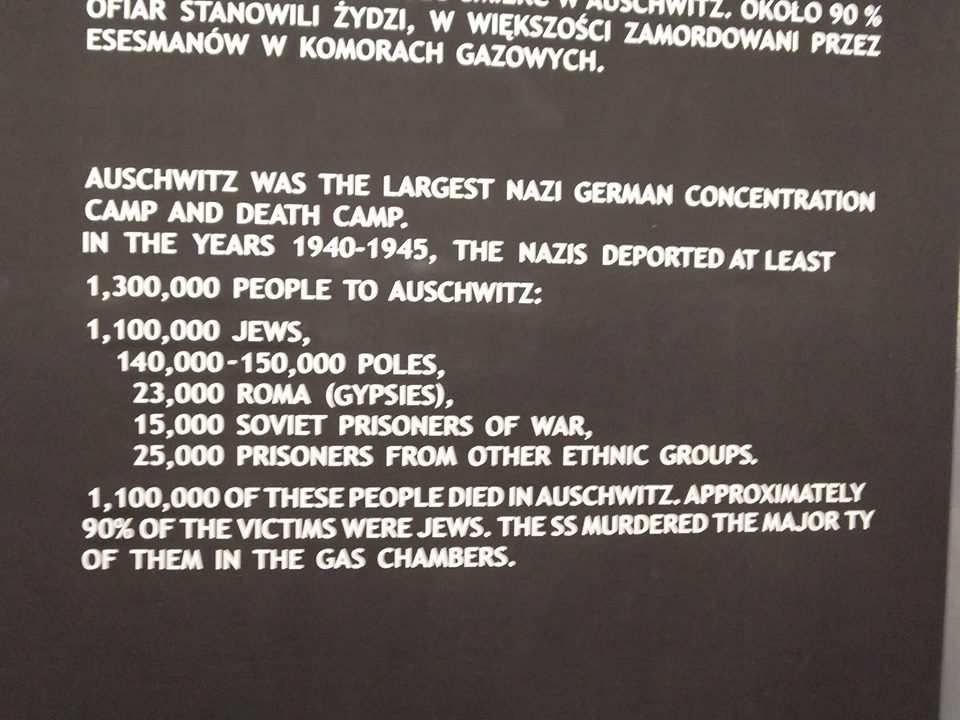
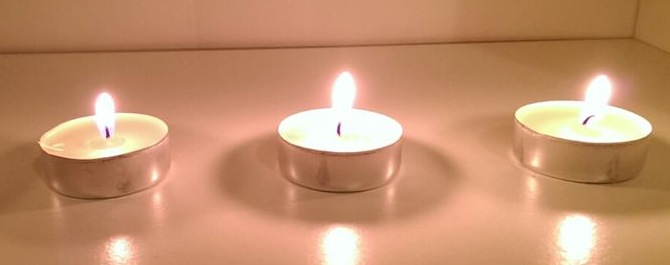
 RSS Feed
RSS Feed